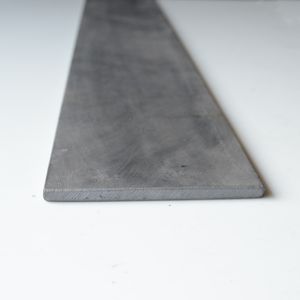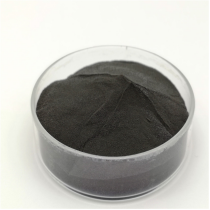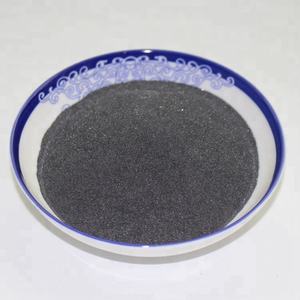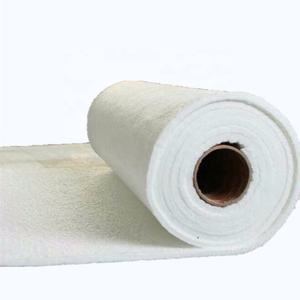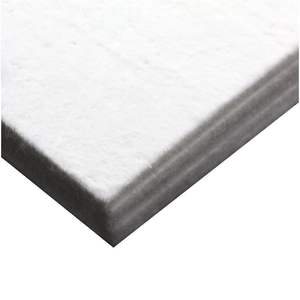1. Make-up and Hydration Chemistry of Calcium Aluminate Cement
1.1 Main Phases and Basic Material Sources
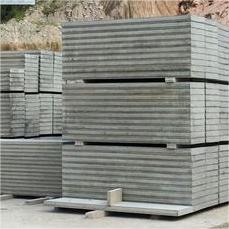
(Calcium Aluminate Concrete)
Calcium aluminate concrete (CAC) is a specialized building material based on calcium aluminate concrete (CAC), which differs essentially from normal Portland cement (OPC) in both structure and performance.
The key binding phase in CAC is monocalcium aluminate (CaO · Al Two O ₃ or CA), normally constituting 40– 60% of the clinker, in addition to various other phases such as dodecacalcium hepta-aluminate (C ₁₂ A SEVEN), calcium dialuminate (CA TWO), and small amounts of tetracalcium trialuminate sulfate (C ₄ AS).
These stages are produced by merging high-purity bauxite (aluminum-rich ore) and limestone in electrical arc or rotary kilns at temperature levels in between 1300 ° C and 1600 ° C, causing a clinker that is ultimately ground right into a fine powder.
Making use of bauxite guarantees a high light weight aluminum oxide (Al two O ₃) web content– usually in between 35% and 80%– which is vital for the product’s refractory and chemical resistance residential or commercial properties.
Unlike OPC, which relies upon calcium silicate hydrates (C-S-H) for strength development, CAC gains its mechanical residential properties through the hydration of calcium aluminate stages, developing an unique collection of hydrates with superior efficiency in hostile settings.
1.2 Hydration Device and Strength Advancement
The hydration of calcium aluminate cement is a complicated, temperature-sensitive process that leads to the formation of metastable and stable hydrates gradually.
At temperature levels listed below 20 ° C, CA moistens to create CAH ₁₀ (calcium aluminate decahydrate) and C ₂ AH ₈ (dicalcium aluminate octahydrate), which are metastable stages that supply rapid very early stamina– frequently accomplishing 50 MPa within 24 hr.
Nevertheless, at temperatures above 25– 30 ° C, these metastable hydrates undertake a makeover to the thermodynamically secure stage, C FOUR AH ₆ (hydrogarnet), and amorphous light weight aluminum hydroxide (AH ₃), a process known as conversion.
This conversion reduces the strong quantity of the moisturized stages, increasing porosity and possibly compromising the concrete otherwise correctly managed throughout healing and solution.
The price and extent of conversion are influenced by water-to-cement proportion, curing temperature, and the presence of additives such as silica fume or microsilica, which can minimize stamina loss by refining pore framework and advertising second reactions.
In spite of the danger of conversion, the quick toughness gain and early demolding capability make CAC ideal for precast elements and emergency repair work in industrial settings.
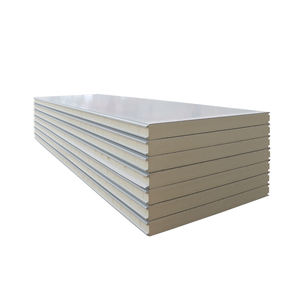
( Calcium Aluminate Concrete)
2. Physical and Mechanical Features Under Extreme Conditions
2.1 High-Temperature Performance and Refractoriness
One of one of the most specifying features of calcium aluminate concrete is its capability to stand up to severe thermal conditions, making it a preferred choice for refractory cellular linings in industrial furnaces, kilns, and burners.
When warmed, CAC undertakes a collection of dehydration and sintering responses: hydrates decay in between 100 ° C and 300 ° C, adhered to by the development of intermediate crystalline phases such as CA ₂ and melilite (gehlenite) over 1000 ° C.
At temperature levels going beyond 1300 ° C, a dense ceramic framework types via liquid-phase sintering, causing considerable toughness recovery and quantity security.
This actions contrasts sharply with OPC-based concrete, which generally spalls or degenerates over 300 ° C because of steam stress accumulation and disintegration of C-S-H phases.
CAC-based concretes can sustain continual service temperatures up to 1400 ° C, depending upon accumulation type and formulation, and are frequently used in mix with refractory aggregates like calcined bauxite, chamotte, or mullite to boost thermal shock resistance.
2.2 Resistance to Chemical Assault and Corrosion
Calcium aluminate concrete displays outstanding resistance to a wide range of chemical environments, especially acidic and sulfate-rich conditions where OPC would swiftly degrade.
The moisturized aluminate stages are extra secure in low-pH atmospheres, permitting CAC to resist acid assault from sources such as sulfuric, hydrochloric, and organic acids– common in wastewater treatment plants, chemical processing centers, and mining operations.
It is likewise extremely resistant to sulfate attack, a significant cause of OPC concrete deterioration in dirts and marine settings, because of the lack of calcium hydroxide (portlandite) and ettringite-forming stages.
On top of that, CAC shows reduced solubility in salt water and resistance to chloride ion infiltration, reducing the risk of support rust in hostile aquatic settings.
These buildings make it appropriate for cellular linings in biogas digesters, pulp and paper industry tanks, and flue gas desulfurization systems where both chemical and thermal stresses exist.
3. Microstructure and Durability Characteristics
3.1 Pore Framework and Leaks In The Structure
The longevity of calcium aluminate concrete is carefully connected to its microstructure, especially its pore size distribution and connection.
Newly moisturized CAC displays a finer pore structure contrasted to OPC, with gel pores and capillary pores contributing to reduced leaks in the structure and improved resistance to aggressive ion ingress.
Nonetheless, as conversion advances, the coarsening of pore structure as a result of the densification of C ₃ AH six can boost permeability if the concrete is not effectively treated or secured.
The enhancement of responsive aluminosilicate materials, such as fly ash or metakaolin, can boost lasting durability by taking in cost-free lime and creating auxiliary calcium aluminosilicate hydrate (C-A-S-H) stages that fine-tune the microstructure.
Correct curing– especially moist curing at regulated temperature levels– is essential to postpone conversion and allow for the advancement of a dense, nonporous matrix.
3.2 Thermal Shock and Spalling Resistance
Thermal shock resistance is a critical efficiency metric for materials made use of in cyclic home heating and cooling settings.
Calcium aluminate concrete, particularly when formulated with low-cement web content and high refractory accumulation quantity, displays outstanding resistance to thermal spalling as a result of its low coefficient of thermal expansion and high thermal conductivity about various other refractory concretes.
The existence of microcracks and interconnected porosity enables anxiety relaxation during rapid temperature modifications, stopping devastating crack.
Fiber support– using steel, polypropylene, or lava fibers– more improves durability and split resistance, especially throughout the initial heat-up phase of commercial linings.
These features ensure lengthy service life in applications such as ladle cellular linings in steelmaking, rotating kilns in concrete manufacturing, and petrochemical crackers.
4. Industrial Applications and Future Advancement Trends
4.1 Trick Industries and Architectural Uses
Calcium aluminate concrete is vital in markets where standard concrete falls short as a result of thermal or chemical exposure.
In the steel and factory sectors, it is made use of for monolithic cellular linings in ladles, tundishes, and soaking pits, where it endures liquified metal get in touch with and thermal biking.
In waste incineration plants, CAC-based refractory castables secure central heating boiler walls from acidic flue gases and abrasive fly ash at elevated temperature levels.
Metropolitan wastewater infrastructure utilizes CAC for manholes, pump stations, and sewage system pipelines revealed to biogenic sulfuric acid, considerably extending life span contrasted to OPC.
It is likewise utilized in quick fixing systems for highways, bridges, and airport paths, where its fast-setting nature permits same-day reopening to website traffic.
4.2 Sustainability and Advanced Formulations
Despite its performance benefits, the production of calcium aluminate cement is energy-intensive and has a greater carbon footprint than OPC due to high-temperature clinkering.
Ongoing research focuses on minimizing environmental influence through partial replacement with commercial by-products, such as light weight aluminum dross or slag, and enhancing kiln performance.
New formulas integrating nanomaterials, such as nano-alumina or carbon nanotubes, goal to enhance very early strength, decrease conversion-related degradation, and prolong solution temperature restrictions.
In addition, the advancement of low-cement and ultra-low-cement refractory castables (ULCCs) enhances thickness, toughness, and resilience by decreasing the quantity of reactive matrix while making the most of aggregate interlock.
As industrial processes need ever before much more resilient materials, calcium aluminate concrete continues to develop as a keystone of high-performance, long lasting building and construction in one of the most difficult environments.
In summary, calcium aluminate concrete combines rapid strength growth, high-temperature stability, and exceptional chemical resistance, making it a critical product for facilities based on extreme thermal and harsh problems.
Its distinct hydration chemistry and microstructural evolution call for mindful handling and style, but when properly applied, it delivers unequaled sturdiness and safety and security in industrial applications around the world.
5. Vendor
Cabr-Concrete is a supplier under TRUNNANO of Calcium Aluminate Cement with over 12 years of experience in nano-building energy conservation and nanotechnology development. It accepts payment via Credit Card, T/T, West Union and Paypal. TRUNNANO will ship the goods to customers overseas through FedEx, DHL, by air, or by sea. If you are looking for ciment fondu suppliers, please feel free to contact us and send an inquiry. (
Tags: calcium aluminate,calcium aluminate,aluminate cement
All articles and pictures are from the Internet. If there are any copyright issues, please contact us in time to delete.
Inquiry us
